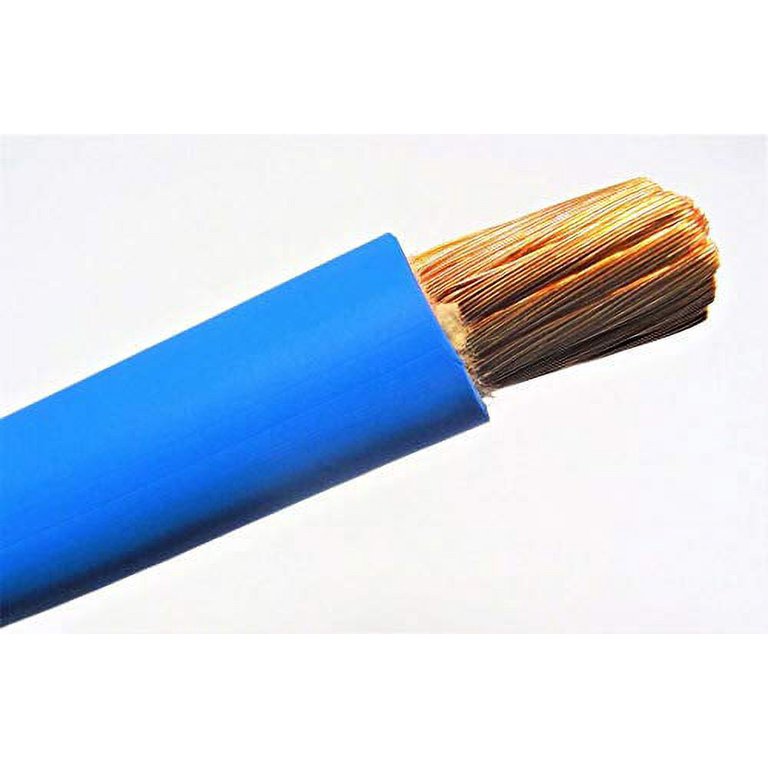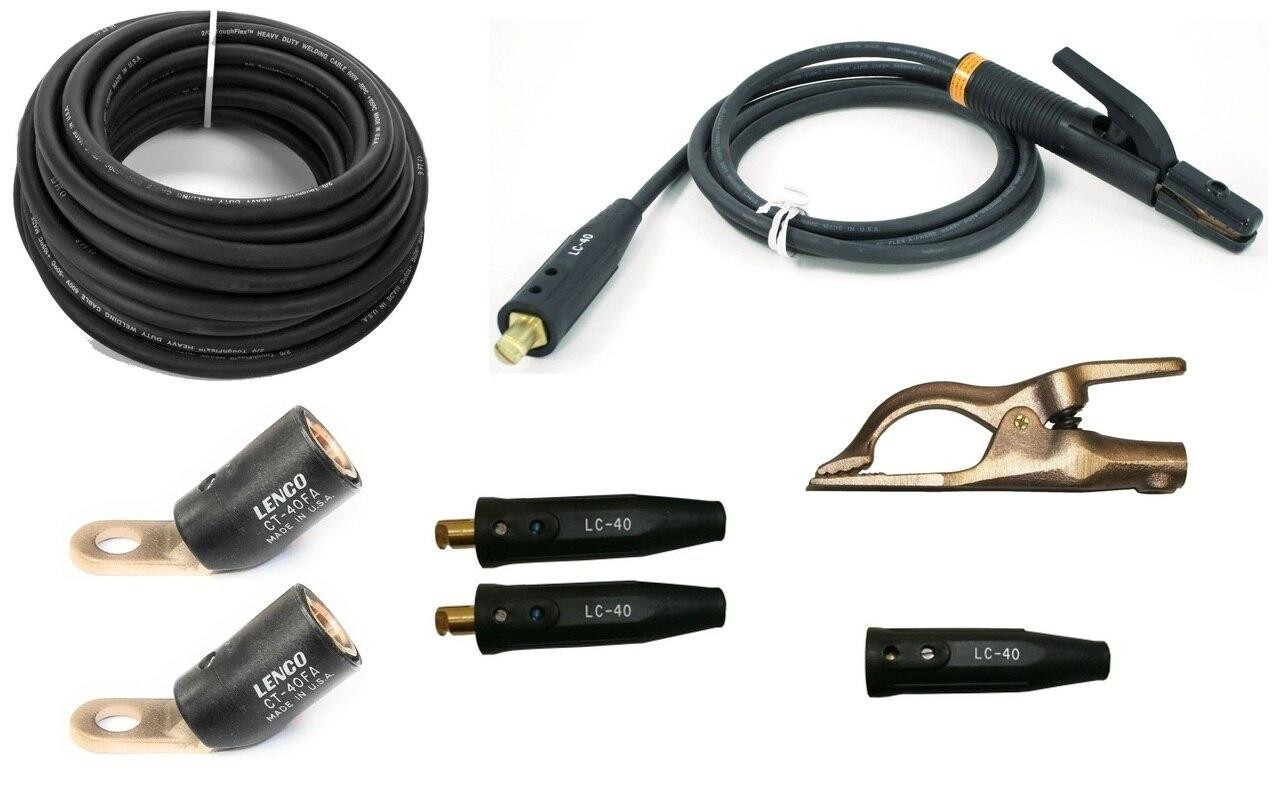Description
Welding cable is a specialized type of electrical cable designed to withstand the rigorous demands of welding applications. Characterized by its flexible construction and high current-carrying capacity, welding cable is essential for various welding processes such as MIG, TIG, and stick welding. Typically made with stranded copper conductors, this type of cable offers excellent conductivity and durability, making it suitable for industrial environments where mobility and reliability are critical.
The insulation of welding cable is another important aspect, often made from materials like neoprene or rubber, which provide resistance to heat, abrasion, and chemicals. This robust insulation helps to protect the cable from external damage while ensuring the safety of welders by preventing electrical hazards. In addition to flexibility, welding cables are designed to operate effectively in extreme temperatures, further enhancing their performance in diverse conditions.
When selecting welding cable, it is crucial to consider factors such as the required ampacity, length of the cable run, and environmental conditions. Welding cables are available in various gauges to accommodate different power requirements, and they can be used in both portable and permanent setups. Proper handling and maintenance are also essential to prolong the life of welding cables, ensuring that they continue to deliver efficient energy transfer and support safe welding practices in any project.















